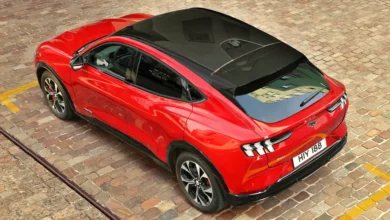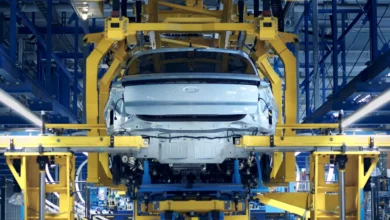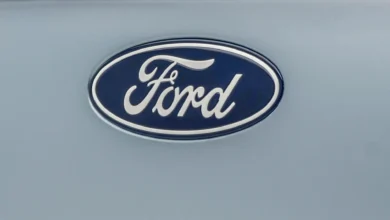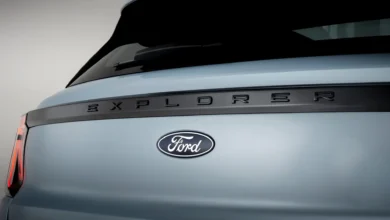
Ford is adding another recall to its list due to an issue that could cause hybrid and plug-in hybrid versions of the Escape, Maverick, and Lincoln Corsair to catch fire after engine failure. The automaker will have to modify 100,689 vehicles from model years 2020 to 2022 that were sold in the United States.
- Lincoln Corsair, Ford Maverick, and Escape equipped with hybrid or plug-in hybrid engines are recalled
- In the event of an engine failure, oil and gasoline vapors could catch fire
- Dealers will modify the cooling flaps and under-engine shield to dissipate fumes
The risk of fire comes after engine failure, which seems to happen more often than normal with the 2.5L engine used as part of the hybrid system available on the company’s small SUVs and trucks. This is apparently due to isolated engine manufacturing issues that are not common to all vehicles equipped with this powertrain.
Such engine failure results in the release of large amounts of oil and fuel vapors into the engine compartment through a breach in the engine block or oil pan. This situation is aggravated by drafts under the hood created by the shield under the engine and the active cooling flaps.
These components, which serve to reduce the drag coefficient of the vehicle to reduce fuel consumption, can end up trapping oil and fuel vapors near the engine and pushing them to potential ignition sources, such as the system exhaust.

This can cause a fire in the engine compartment of the vehicle. Fortunately, the automaker hasn’t reported any accidents or injuries caused by this particular issue.
In the letter sent to owners, the automaker recommends that drivers pull over and turn off the engine as soon as possible if they hear loud metallic noises coming from the engine compartment.
To reduce the risk of such a fire, Ford Dealers will be instructed to modify affected vehicles by drilling additional drainage holes in the under-engine shield and ensuring that the cooling flaps maintain engine temperature lower than before and provide sufficient airflow to purge the engine compartment of flammable vapors.





